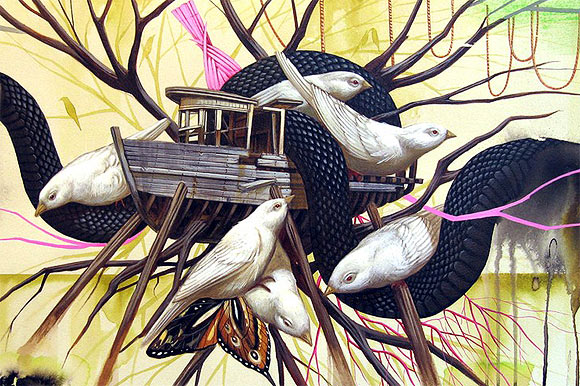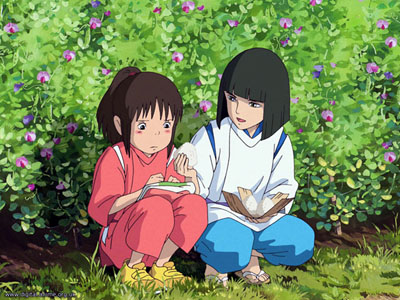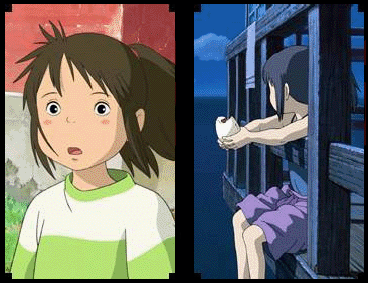Influences and Reactions
Key Principles
- Interpretation
- Delivery
 distinctly creepy, unsettling quality through the use of deeply complex line art and beautifully diverse and accurate executions of light and shadow. Zouravliov's visual vocabulary establishes links with a dark victoriana style; his subject matter ranging from the beautiful to disturbing, sometimes combined; every image holds meaning. Illustrations are presented in striking grayscale or sepia, some nearing pure black and white, truly reflecting the spirit of the Victorian era; crumpled beige photographs, ghostly portraits. Although a relatively young and modern artist, his influences are evident when comparing works to illustrations of eras passed; most notably those accompanying books, such as Tenniel's art for Alice In Wonderland (below right).
distinctly creepy, unsettling quality through the use of deeply complex line art and beautifully diverse and accurate executions of light and shadow. Zouravliov's visual vocabulary establishes links with a dark victoriana style; his subject matter ranging from the beautiful to disturbing, sometimes combined; every image holds meaning. Illustrations are presented in striking grayscale or sepia, some nearing pure black and white, truly reflecting the spirit of the Victorian era; crumpled beige photographs, ghostly portraits. Although a relatively young and modern artist, his influences are evident when comparing works to illustrations of eras passed; most notably those accompanying books, such as Tenniel's art for Alice In Wonderland (below right).

All of these images are linked through their use (or lack) of colour, which truly allows for an exquisite range of light and shadow depth, contrast and texture. This is particularly evident in the demonstrated Victorian photograph to the left and the work of Vania Zouravliov above, both of which though presented in different media, have different intended audiences and vastly varying timelines, truly capture the spirit of an age long gone. The visual language creates an unsettling feeling; reflective of the poverty and disease, pollution and early death present in so many lives of the era. The visual link is further established between photograph and drawing through the evidence of a
curved frame of negative space, allowing images to be self-contained; a moment, frozen in time and the viewer's mind.
To demonstrate the theory of delivery as an incredibly effective method of defining and understanding the effectiveness and success of visual communication, I have chosen to observe the works of tattoo artist and illustrator Regino Gonzales.

With subject matter spanning endless themes due to his custom, client-based tattooing work, Gonzales' traditional canvas paintings are beautifully crafted images that pop and flow in a natural, organic way beyond the confines of skin, and thus we could also say, vice-versa. Delivering a piece of artwork on a living organism serves to bring a whole new dimension to the field of art, and what we consider to be art. For generations tattoos have been widely seen to be crude; associated with crime and absence of intelligence. However, in recent years finely-crafted tattoos have brought up associations with fine art through the understanding that most mark-making, if executed with precision, talent and care, (especially with intent behind the literal visual), can be considered as artistic. To have your designs on the living body of another could be considered the highest form of flattery; a lifelong expression of your work, your personal visual language made human.
 Along with the obvious ingrained visual, presenting a tattoo is one step to becoming a walking advertisement for the artist. With the popularity of tattoos and tattoo art increasing dramatically over recent years, Gonzales has used his credibility to display original canvas works in his own gallery shows and through his personal website. This in turn allows for more human traffic to access a once-disregarded art form in many different mediums, deeming his choices of delivery incredibly successful.
Along with the obvious ingrained visual, presenting a tattoo is one step to becoming a walking advertisement for the artist. With the popularity of tattoos and tattoo art increasing dramatically over recent years, Gonzales has used his credibility to display original canvas works in his own gallery shows and through his personal website. This in turn allows for more human traffic to access a once-disregarded art form in many different mediums, deeming his choices of delivery incredibly successful. 






